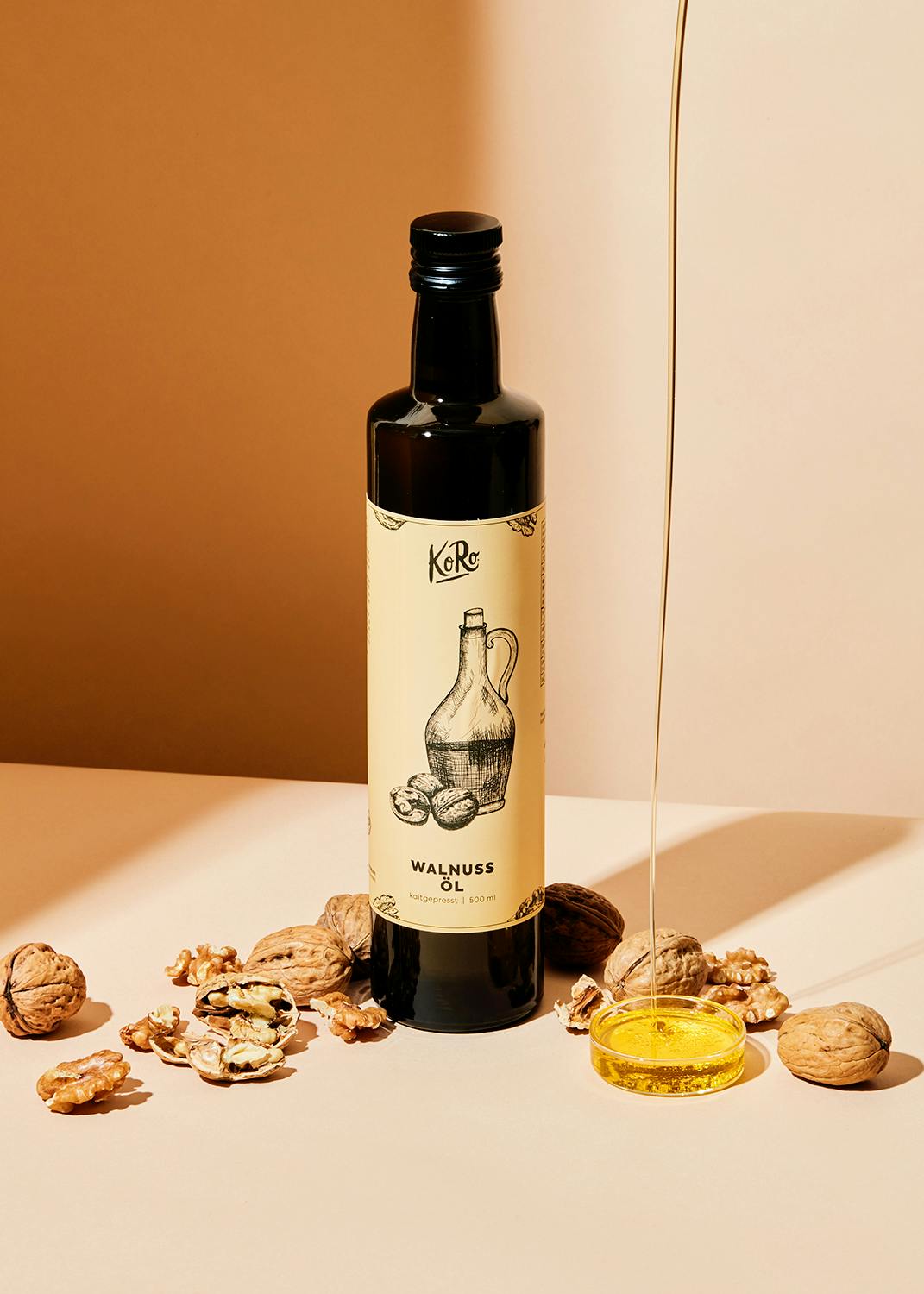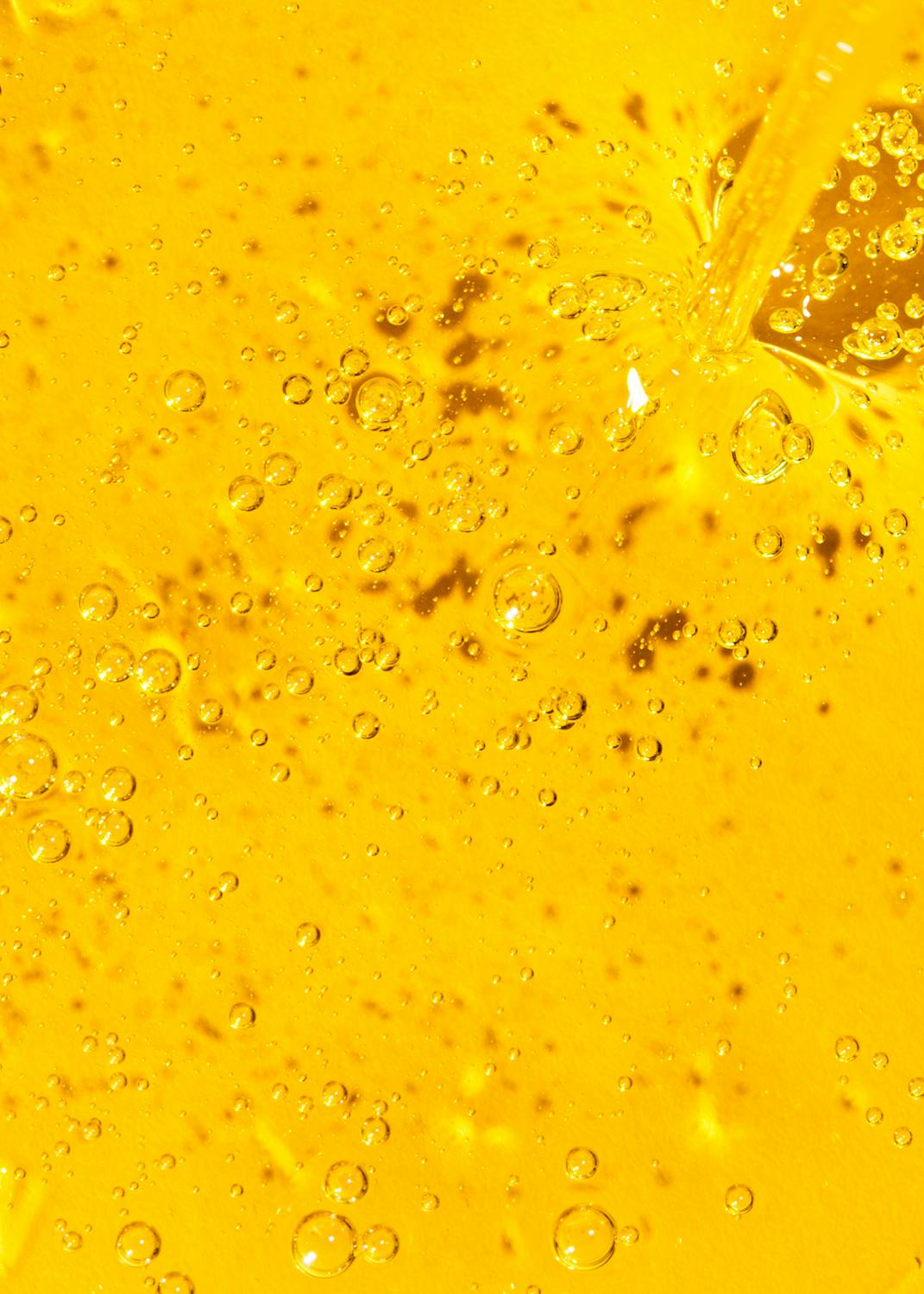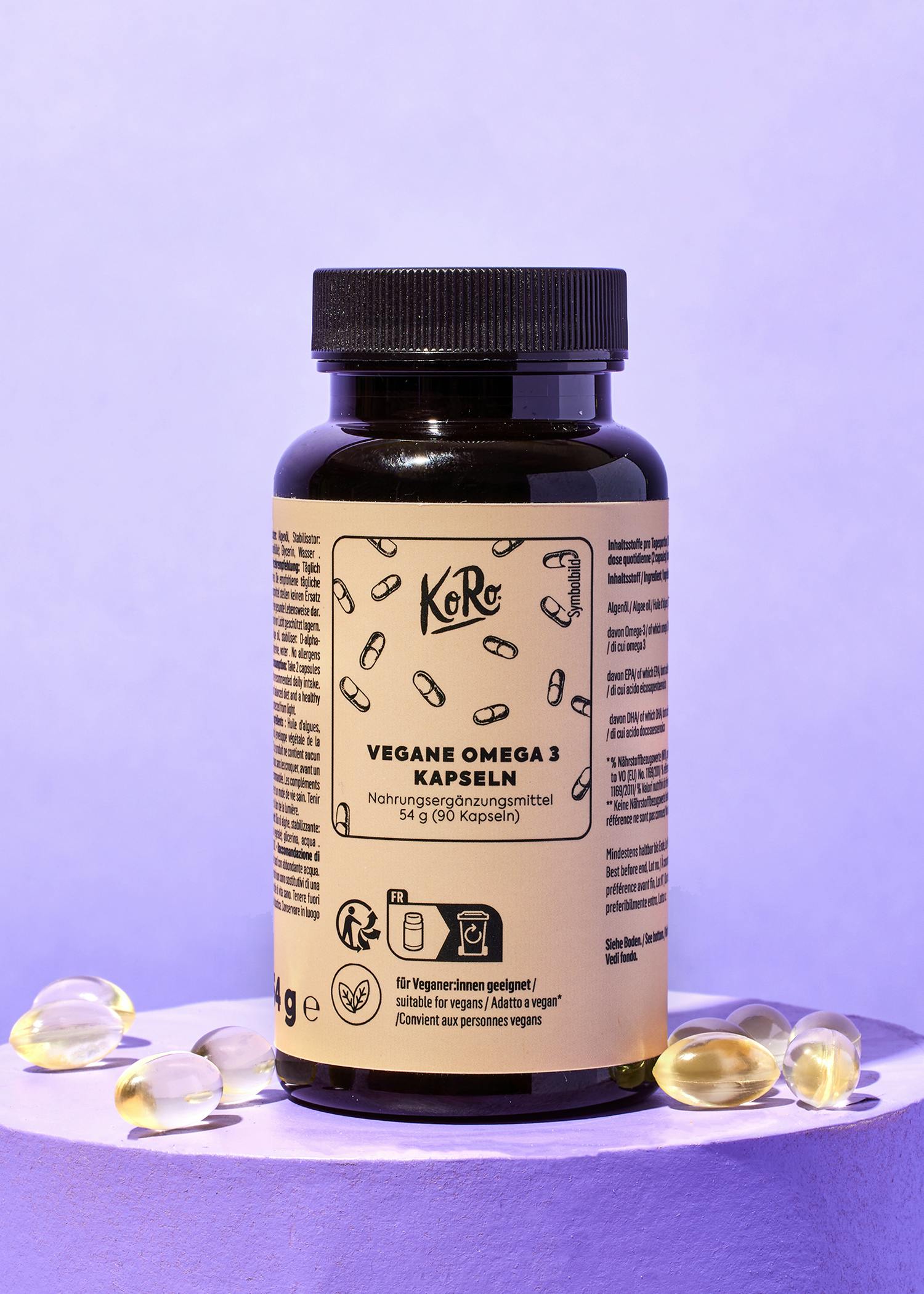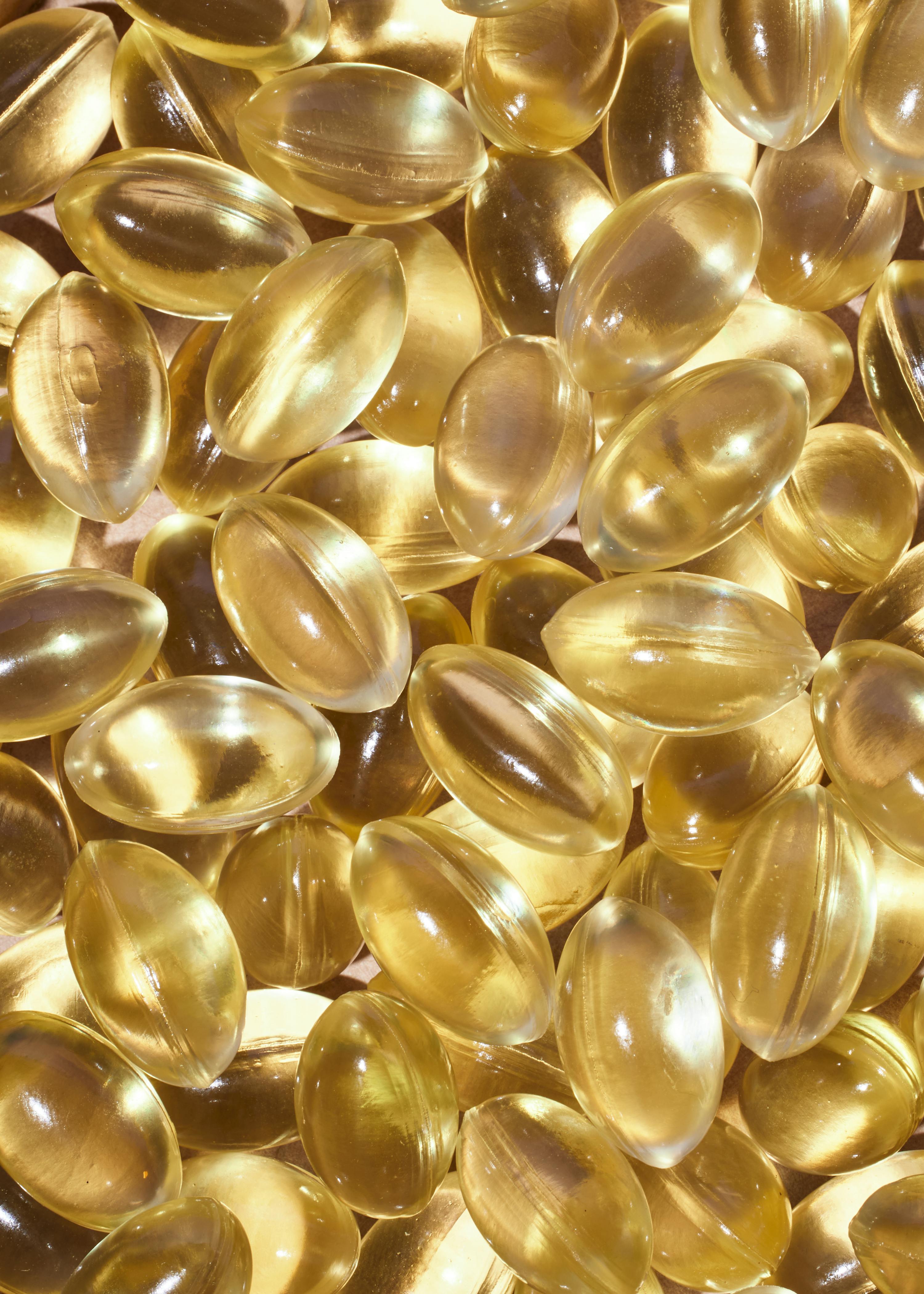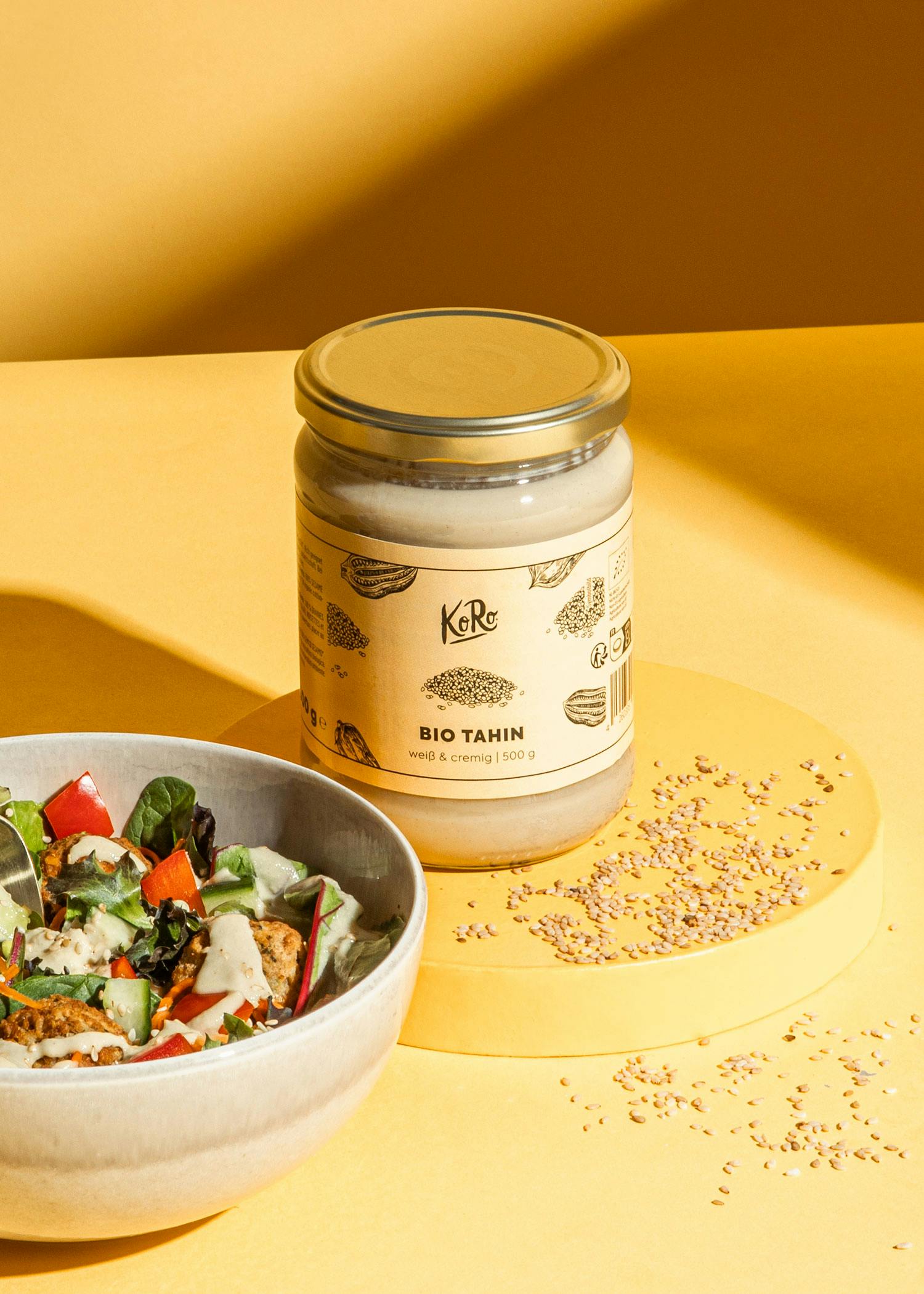What exactly are fatty acids?
You have probably heard of saturated and unsaturated fatty acids. This is how fatty acids can be roughly categorized. Now it gets biochemical for a moment, but we'll do it like ripping off a plaster: short and sweet. Fatty acids consist of a hydrophobic (water-avoiding) carbon chain and a hydrophilic (water-loving) carboxyl head group. It is called the head group because it is located at the end of the carbon chain. We are telling you this so that you can flex with a little knowledge, because the hydrophobic carbon chain is the reason why oil and water do not mix.
Why do we need fatty acids?
You think fatty acids can't be anything more than tasty or turn you and your white bread into real Italians with a dip in olive oil? You thought wrong! Fatty acids provide more than twice as much nutritional energy as carbohydrates and proteins. As fatty acids are so rich in energy, the German Nutrition Society (DGE) recommends that a maximum of 30% of your daily calorie intake should come from fatty acids. A quick math lesson: If you eat 2000 kcal a day (the amount you consume varies depending on your height, weight, age and activity level), you would therefore consume 600 kcal from fatty acids. 600 kcal is about 67 grams of fat per day. And we need the fat or fatty acids to absorb the fat-soluble vitamins A, D, E and K, for example. So keep dipping your vitamin A-rich carrot in the hummus with tahini and olive oil!
How are fatty acids digested?
As soon as you eat a spoonful of your favorite nut butter, it embarks on a long journey. First it passes through the stomach, where it is thoroughly kneaded and broken down into small droplets of fatty acids with the help of enzymes. These then travel on to the duodenum, i.e. the upper part of the small intestine. With the help of bile acid, the fat droplets are made water-soluble. Together with cholesterol and vitamins, these are absorbed via the mucous membrane of the small intestine and released into the lymphatic system. The fatty acids then enter the bloodstream and finally reach their final destination: the liver, muscles and fatty tissue.
How do fatty acids differ from each other?
Fatty acids are divided into monounsaturated, polyunsaturated and saturated fatty acids. Saturated fatty acids are primarily used as an energy source and energy store. The storage of fat serves to protect the organs. Saturated fatty acids are also involved in the construction of cell membranes. Despite the positive properties listed here, the DGE recommends a maximum intake of 10% of the daily energy intake from saturated fatty acids. This is because an excessive intake of saturated fatty acids increases LDL cholesterol levels. This means that cholesterol accumulates in the blood, increasing the risk of coronary heart disease. Monounsaturated and polyunsaturated fatty acids instead reduce the LDL cholesterol level and prevent the drop in HDL cholesterol, which transports the cholesterol from the blood to the liver. The liver can then break it down and it is excreted. As you can see, your body has a lot of important mechanisms. The great thing is that you can support it with a balanced diet! We will now explain which foods contain the various fatty acids.
What sources of fatty acids are there?
Saturated fatty acids are mainly found in high-fat dairy products (butter, cream, milk, etc.) and meat, as well as coconut oil, palm oil and chocolate. Ideally, they should only make up 7-10% of your daily diet. The remaining 20 % of your daily calorie intake should ideally be divided into monounsaturated and polyunsaturated fatty acids. Here's a little rule of thumb: The more solid the fat, the more saturated fatty acids it contains, because saturated fatty acids are solid at room temperature. So you can easily stick to liquid fats and benefit from their positive nutritional properties. But every rule has exceptions, of course. In addition to olive oil, you can also find monounsaturated fatty acids in avocados and various nuts. Polyunsaturated fatty acids are divided into omega-3 and omega-6 fatty acids. The best sources of omega-3 fatty acids are oily sea fish such as tuna, salmon, herring, mackerel and - guess what - algae. This is because these fish absorb algae and therefore omega-3 and omega-6 fatty acids through their diet. Plant sources contain the precursor of the omega-3 fatty acids eicosapentaenoic acid and docosahexaenoic acid, EPA and DHA for short. You can find these goodies in linseed oil, walnuts, hemp seeds and rapeseed oil, for example. The precursor contained in these oils is called alpha-linolenic acid and can be synthesized by the body to form EPA and DHA, but its own synthesis is severely limited. For this reason, an omega-3 supplement made from algae oil is recommended for vegetarians and vegans. Omega-6 fatty acids are found in pork and beef, but also salmon and mackerel as well as egg yolk, sunflower and sesame oil. Omega-6 fatty acids do not usually have such a good reputation. This is because outdated scientific publications usually only refer to the pro-inflammatory processes of the second polyunsaturated fatty acid. However, the fact that it also plays an important role in our body is often not mentioned. Arachidonic acid (ARA), a fatty acid synthesized from omega-6 fatty acids, is of great importance in the early development of the central nervous system and immune system. Studies show that it can also have a positive effect on muscle function and cognitive abilities in adulthood. Omega-6 fatty acids can have a detrimental effect if the ratio of omega-6 to omega-3 fatty acids is not maintained at 5:1. Now that you've become a real pro when it comes to fatty acids 101, read on and use our oil guide to find out which oils get the most out of your dishes!
